Everest Base Camp trek is categorized as Moderate in terms of difficulty level. The trek can be completed easily if the person is physically and mentally fit even for the beginners as well. EBC trek requires no prior trekking expertise, you will walk through the rocky trail with several uphill and downhill.
Everest Base Camp is an experience of a whole lifetime. From the eye-catching views to a beautiful thrill of standing at the highest point on earth. This journey has something to offer all types of adventures. Whether you are regular traveller or beginner taking on the challenge of reaching EBC will leave you some breath-taking views and life long memories and a sense of accomplishment.
This trek is for nature lovers and the one who seeks to realize a certain level of spirituality among themselves. This is a lifetime adventure which teaches people the true meaning of determination and patience.
In the valleys of Sagarmatha National Park and the base of the tallest mountain of the world i.e., Mount Everest, EBC is also one of the most enormous and prominent trekking destinations. The feeling and the moment and the memory you are going to embrace after trekking.
Every step you take you further and further are going into the wild, transporting you through some of the most breathtaking scenery on the planet. Every trek will bring a new level of adventure and a completely new way of looking at the mountains.
History of Everest Base Camp
In the year 1920s, a team led by George Mallory (who some think may be the first person to reach the summit) came to map out the north face. However, Mallory and his team never established a permanent base camp on their trips.
Then came victorious trek of Edmund Hillary and Tenzing Norgay. This occurs on the south slopes in Nepal. Hillary and Norgay realized to make a place to store their commodity at the base of the mountain rather than trek the whole way back to Khumbu Valley whenever they needed gear. Thus, Everest Base Camp was born.
Types of Base Camps
We can find two different base camps on Mount Everest i.e. South Base Camp and North Base Camp. South Base Camp is 5,364 meters in Nepal and North Base Camp is 5,150 meters. The base camps are initial campsites at the base of Mount Everest that are used by mountain climbers during their climbing and coming down.
South Base Camp in Nepal
The Everest base camp trek on the south is one of the popular trekking routes. About 40,000 people per year make the trek from Lukla Airport. Hikers most of the time fly from Kathmandu to Lukla to save energy and time before beginning the trek to the base camp. You meet Sherpa people on the way and you will be amazed by their humbleness, hospitality and the sign of gratitude they show towards travellers.
From Luka hikers’ hikes to upward direction to Namche Bazaar following the valley of Dudh Koshi river.After an earthquake on 25 April, 2015, it was announced that the camp will be moved 200-400m lower on 17 June 2022.
North Base Camp in China
A visit to the North Base Camp needs a permit from the Chinese Government, on top of the permit to Tibet visit itself. Since February 2019 access to the North Base Camp has been closed to tourist. Earlier, permits could be arranged through tour and travel companies in Lhasa.
Here are some tips for Everest Base Camp Trek
Once you have decided to feel what it is like to be on the base of Mount Everest and witness it, here are some trek tips and tricks that might be helpful for the trekkers.
Go steady and listen to your body
If you are non-trekker/ hiker don’t push yourself hard on this trek. It is one of the most important tips for trekker. This trek is long and requires a moderate level of fitness, don’t rush, give yourself a proper rest each day so that your body can get recovered and gain strength before hiking up to a new day.
Go slow, take rest when you feel like its required than to get injured and stuck at some point. There is also one well known saying “slow and steady wins the race”.
Find a good trekking company to book your trip
Its always good to go to the trek with group of people, along with guide and porters for this you need to choose a good and reliable trekking company for your trip. For this you need to do some research on international goodwill, reviews on Google, social media, TripAdvisor and so on.
A good trekking company will have a proper connection and a team to help in case of emergency during the trek.
Pack the right gears
One of the major factor trekkers should focused on trekking gears. You should pack the right gear if you are first time traveller, your trekking company will guide / help you. You need to double check all the gears before packing and make sure it is not going to betray you.
Proper Acclimatization
Acclimatization is necessity if you are going for long and high-altitude treks. Each day you will be travelling in high altitude and you need to maintain your body’s oxygen with same energy. So, proper acclimatization helps you to get prepared for next day.
First aid Kit
Pack all the possible medicines and first aid kit with you if you are planning for the trek. Consult with your doctor as per your health condition, s/he will advice you the effective medicine to the trek. Other way is the medication to avoid injury or in case of any injury.
Take care of your while bag packing
Don’t carry too much weight of the bag pack, don’t carry unnecessary loads of clothes and makeup accessories. Make lists which includes the most and least wanted list then do some research on your own and pack your bag accordingly.
Take care of your health properly
Health is always and forever important aspect of life. While travelling far from home in a remote Himalayan region you need to be double careful. As there will be no any health facility available, the only option is to take care of your health and avoid any sort of sickness or injurious during the trek.
Do not smoke and drink alcohol in the mountain, especially above high altitudes
Drink sufficient water and hot soups.
Have a proper balanced diet and avoid spicy items.
Favorable Climate for trekking
Spring season (March – June), is the most favourable for trekking. In this season the temperature reaches up to 25 degrees on summer days and drop down to -20 degrees at night, which definitely attracts lots of tourist.
Monsson (July – mid September) is not recommended for trekking in this season due to high rainfall and the roads become slippery and riskier.
Autumn (September – November) is also another best time for trekking EBC. During this season, the entire region is bloomed up with gorgeous rhododendrons and other wildflowers, also beautiful blue sky will be following you the whole way out.
Winter (November – February) this season is extremely cold. January is considered to be the coldest month of the year. Temperature starts from -36 degrees and can go down below – 60 degrees. Despite the low temperature the biggest issue is the hurricane, force wind, and wind chill where the force of the wind develops reaching more than 285km/hr. So, this season is also not suitable for trekkers to trek at Everest Base Camp.
Food on the Everest Base Camp Trek
Trekking really need a serious appetite, thankfully EBC teahouse have some decent place to have some food.
Common dishes include
Dal bhat – The most popular EBC meal of all. It is usually served with rice and chapati flatbread.
Egg and fries – A hearty option for those who really feel hungry time and again this one is the best option which includes fried potatoes and double-egg omelette.
Shakya (Sherpa Stew)- A classic favourite of Sherpa in Nepal and great vegetarian option that’s basically broth with cut potatoes, carrots and other root vegetables.
Pizza – Some teahouse trying their hand in Pizza you can let us know the feedback for the same.
Is your mouth watering? These above-mentioned dishes will surely give you the energy you need to power through the trek.
Getting a porter service
Porter services are important on the trek to Everest Base Camp. They are very much superheroes of the expedition, transporting the majority trekkers’ gear and equipment from camp to camp outside of Lukla or Namche Bazaar. Some operators will also utilize support of animals for transports assistance in there are larger groups of trekkers.
Porters will carry single standard back pack or duffle bag per hiker. That’s limited to a weight of between 10-15 kg per person. It can also be lower or higher depending on the Everest Base Camp tour you pick. That helps you a lot, where you only carry only what you need for the day likewise enough water, snacks, and waterproof layers, your camera and not to forget sunscreen, you need to be back to the real world after some days of the trek.
Is it trekking EBC worth it?
Some of the best sightings of the famous Everest come during the Everest Base camp trek itself. Various lookout points all the way long. The magnificent views combined with mystical monasteries and Sherpa villages offer a host of intriguing trip attractions route. Some of the best highlights of the trek are: -
Kala Patthar – It holds the best view over Everest, with the Khumbu Icefall crashing through the valley.
Gorak Shep – A clearing that seems at the end of the world, this small town is the heartland of the Sherpa people and sits at the base of kala Patthar.
Sagarmatha National Park Museum- You will encounter this one very early during the trek on the rest day in Namche Bazar. It’s worth to climb to its perch above the village, mainly since the space has incredible views of Everest and Nuptse.
Tengboche Monastery – The largest Buddhist gompa in the valley of Everest, Tengboche Monastery is a pitstop for strong-minded trekkers bound for the summit. They come to light candles and ask for the blessings for the god.
Nangkar Tsang/ Dingboche Viewpoint- Above the town of Dingboche, this by-pass off the foremost way is good acclimatization trekking and offers a panorama that takes in the Khumbu Glacier and the whole Imaj Khola Valley.
Conclusion
The Everest Base Camp is a moderate difficult trekking with rewarding trek that requires an important amount of physical and mental preparation. The trek takes you through some of the most beautiful and rugged landscapes in the world.
The Everest Base Camp trek is the adventure of a lifetime, a voyage for those whose dreams fly higher than even the clouds. Miles away from cars, conveniences, and daily luxuries, you will soak your spirit in natural beauty and stretch your strength beyond what you thought possible.
So, are you excited to make a new experience for yourself in the spectacular mountain peaks and the loyalty and friendliness of its inhabitants (the Sherpas), the Everest region (Khumbu)one of the famous destinations for tourists in Nepal? Furthermore, don’t worry about getting lost. Just ask a local the way to the next village on your route, and they will direct you as per their knowledge.
Most Sherpas under the age of 50 can at least understand basic English and many speak it fluently. Talking about communication there is no telephone lines or mailing addresses in the Everest region. Namche has a post office and also available of international calls, which is very expensive as compared to Kathmandu. Not only limited to phone calls Namche also has internet cafes. So, when you are getting all these facilities so why not make around trip to Everest Base Camp?

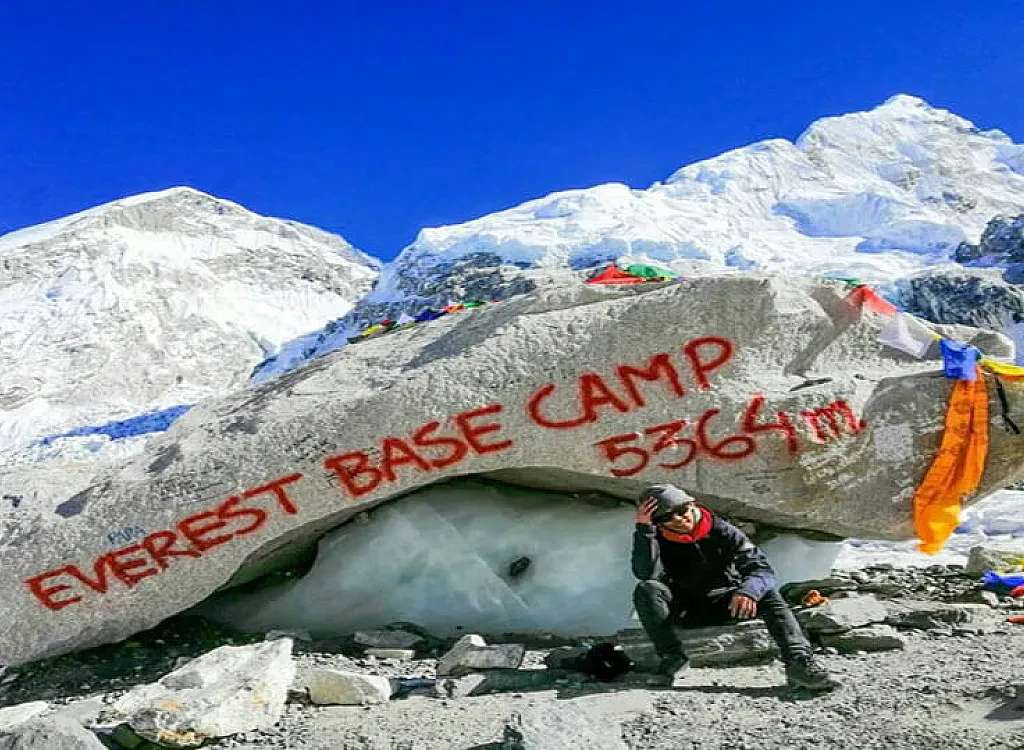
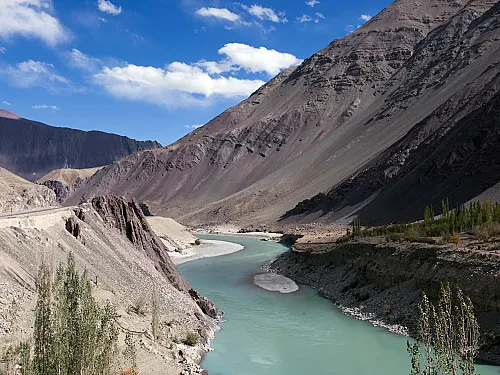
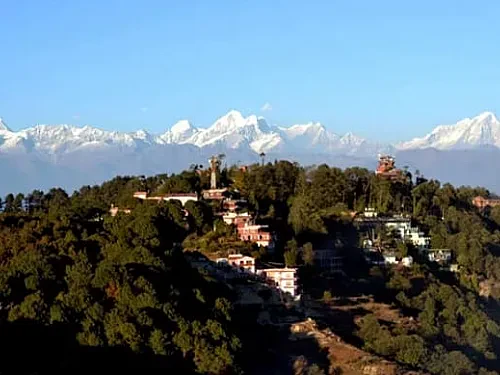
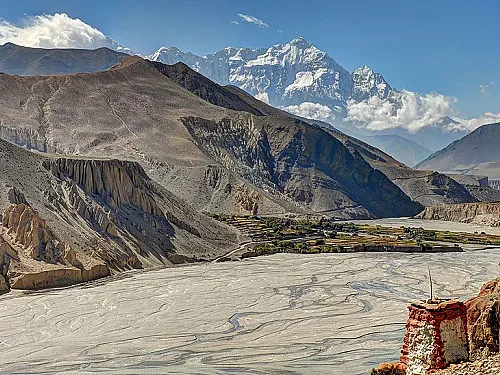
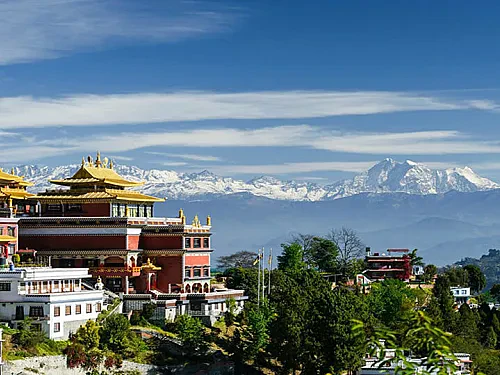
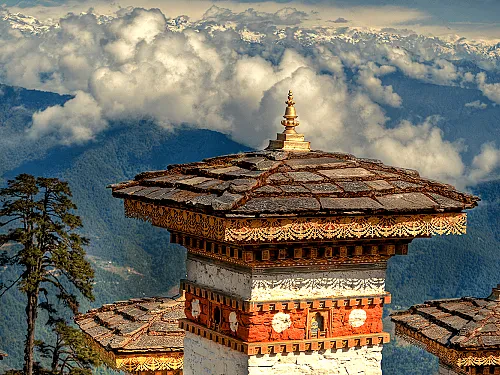
Comments